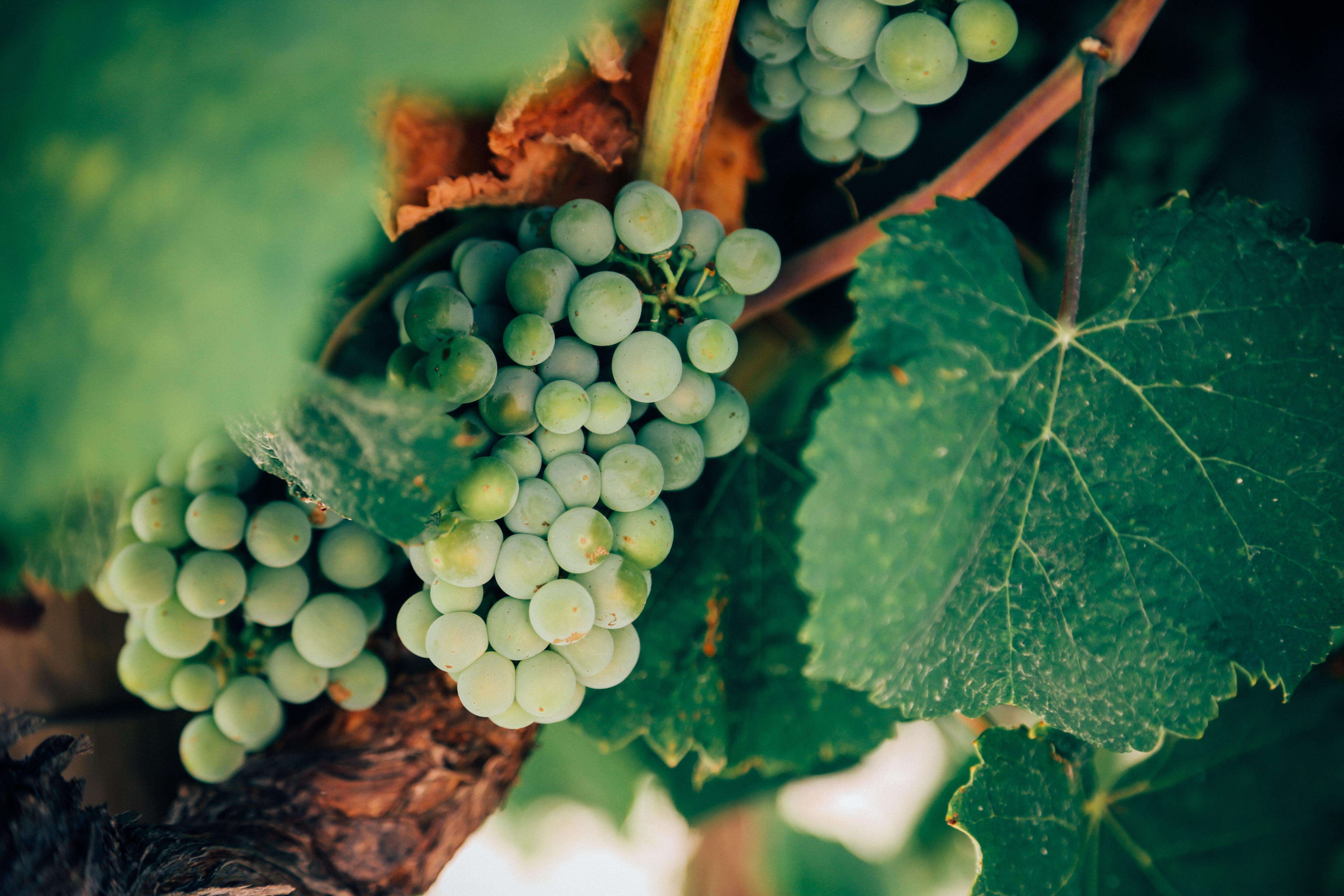
Advances in wine technology are allowing winemakers to bring their wines to new heights. Image Source: Unsplash user Thomas Martinsen
The winemaking process is typically associated more with centuries-old tradition than cutting-edge technology. For many of us, the process of creating wine is imagined to be almost a form of alchemy, a mysterious and magical transformation. But at the research winery at the University of California, Davis, wine experts are marrying time-honored winemaking techniques with the latest technological innovations to advance winemaking as both an art and a science.1 Here, researchers investigate how state-of-the-art equipment can be used to perfect each stage of the winemaking process, from enhancing yields to optimizing flavor.
For many in the wine industry, the research winery is regarded as a new frontier and technologically-minded wine producers are eager to get in on the action. T.J. Rodgers, a long-time winemaker and CEO of Cypress Semiconductor Corp. recently donated 152 high-tech fermentation tanks to the UCD operation. Despite the fact that he still stomps his own grapes by foot, he believes that winemaking technology is the way forward. “I wanted to showcase how technology could transform winemaking,” he says. Meanwhile, Bill Murphy, chief executive of Clos LaChance Wines, calls the research winery “revolutionary.”
The desire to incorporate new winemaking technology in the wine production process is driven in part by the sharply rising demand for wine in the United States and the growing sophistication of wine consumers. By 2018, wine consumption in the US is projected to rise by 11% and growth is expected across all price points.2 Meanwhile, specialized online wine shops like Vinfolio are increasing consumer knowledge and access to fine, rare, and collectible wines, allowing casual wine drinkers and connoisseurs alike to become both more discriminating and more adventurous in their wine choices. To enhance their products and meet consumer expectations, a growing number of wineries – both large and small – are establishing their own in-house wine labs to analyze their products and ensure quality. One of the most essential pieces of equipment for any wine laboratory is a spectrophotometer.

Spectrophotometric analysis allows winemakers to monitor wine performance and quality throughout the production process. Image Source: Unsplash user Thomas Verbruggen


